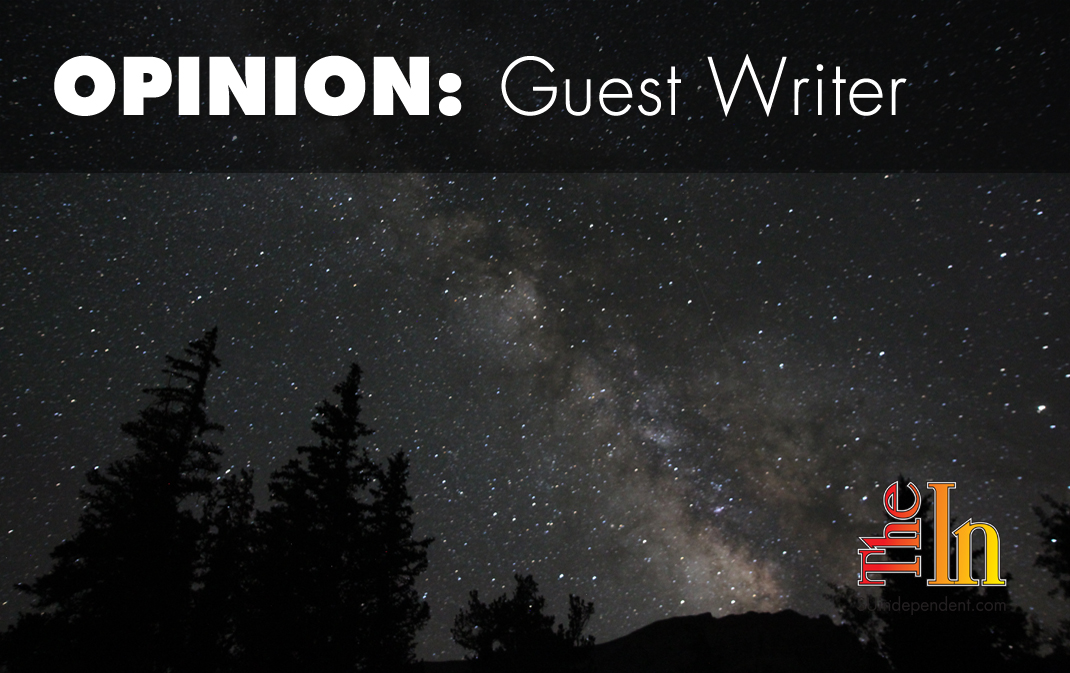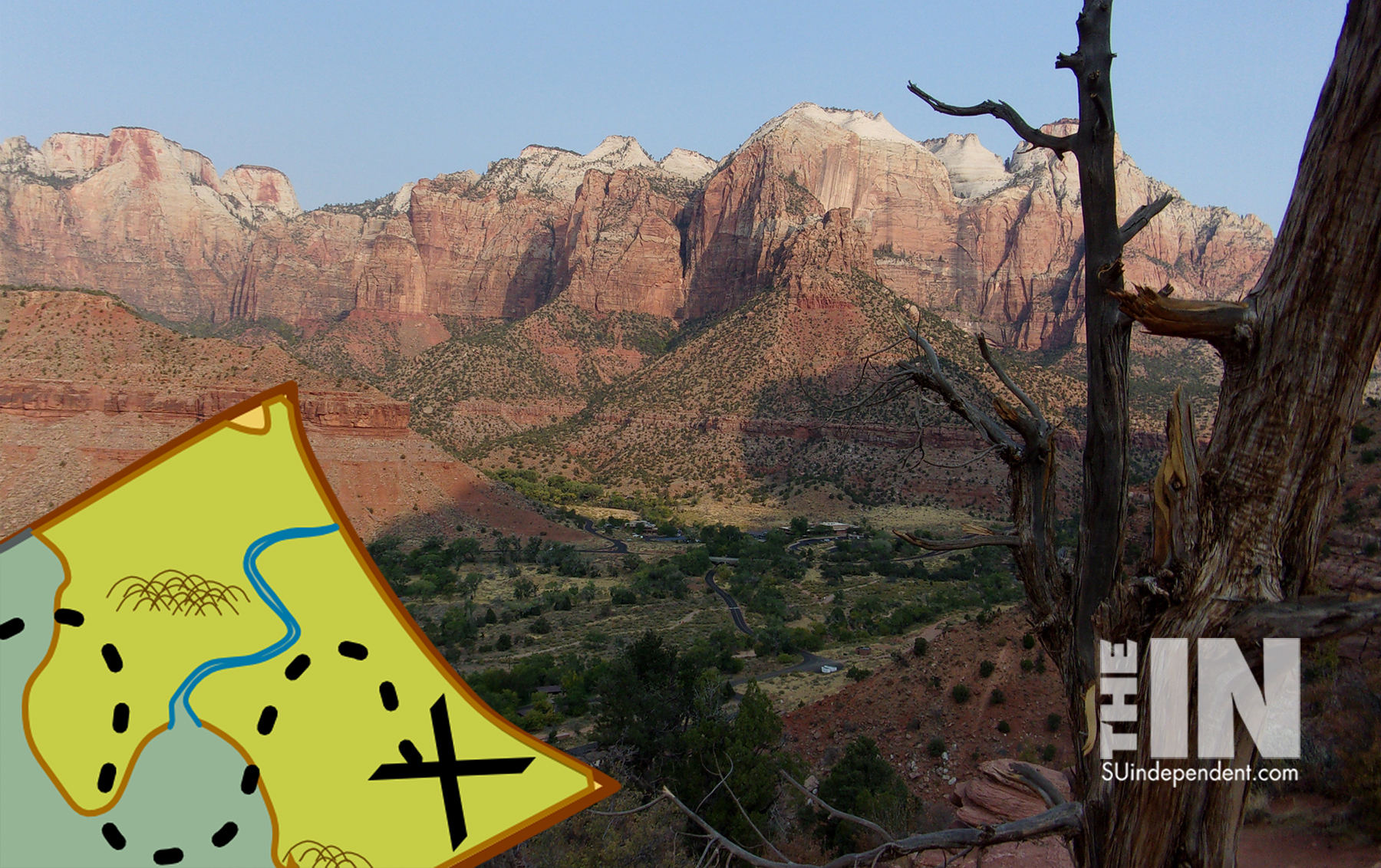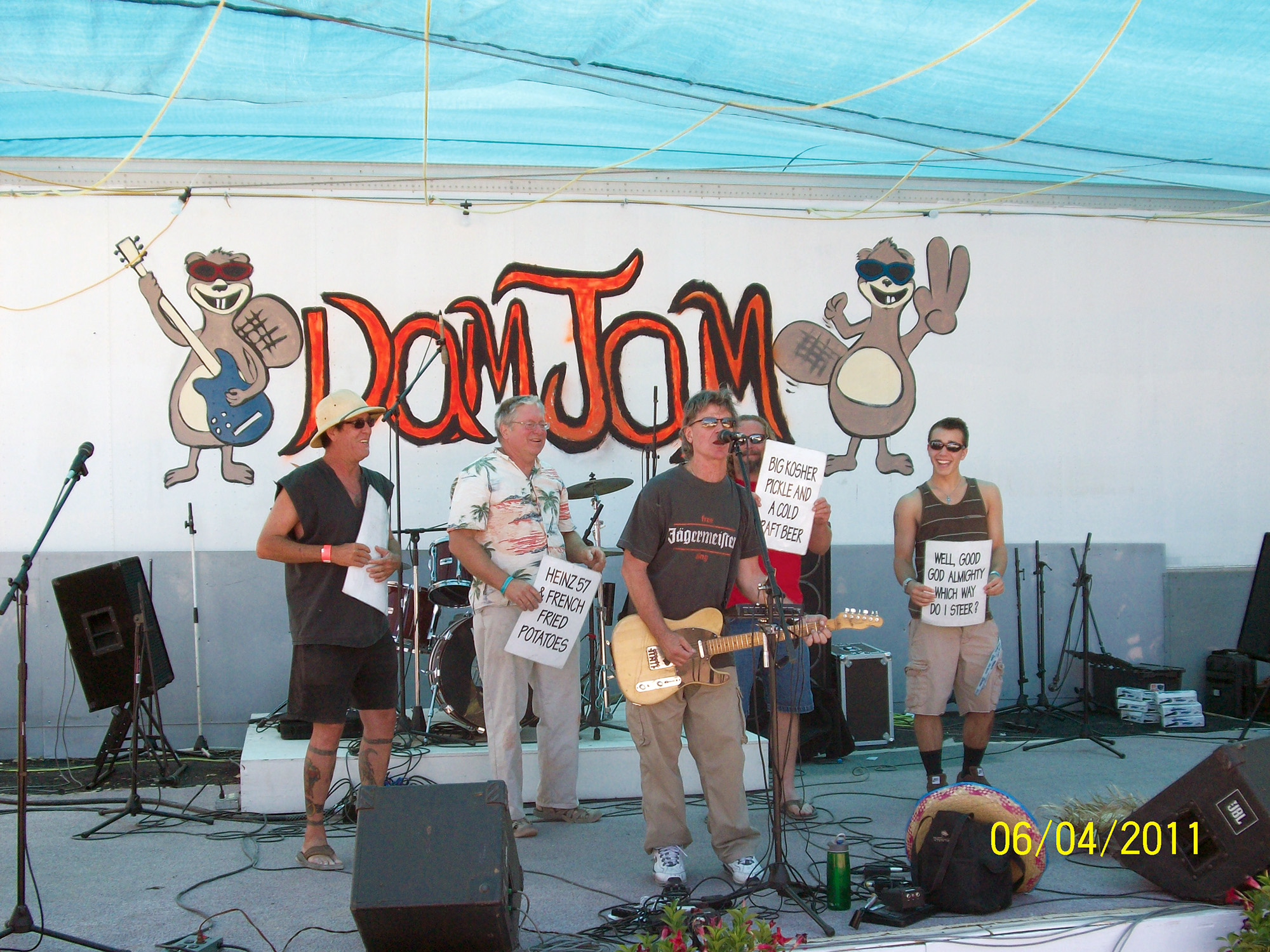 Preserving natural darkness at the community level
Preserving natural darkness at the community level
By Rich Csenge
In its 2018 General Session, the Utah legislature is considering some 1,000 bills and resolutions intended to help make our state a better, safer, and more prosperous place to live, work, raise a family, and grow a business. While many will not get the nod, others will be enacted, regulating everything from banking to road construction, business contracts, fire prevention, water use, and pharmaceutical and food safety. Through self-governance, we organize into cooperatively functional societies.
Locally, cities and towns carefully craft ordinances prescribing how communities address residential and commercial development, land use and building codes, traffic flow, signs, planning, lighting, and public safety. If done wisely, such guidelines can generate living conditions over time that transform an otherwise ordinary town into a desirable and thriving destination community.
Enlightened and informed public input helps create balanced legislative outcomes. But simply uplifting the importance of personal freedom without regard to the welfare of the community as a whole can backfire. Ground rules are essential for cooperation between neighbors and with business, which provides the jobs, goods, and services we need to thrive.
Striking the right balance between civil law and individual free will is a signature trait of mature culture where members of society recognize that respect for each other and forethought for the future well being of the community generate the greatest prosperity and the highest levels of personal satisfaction in the long term.
Two developments within the emerging trend to preserve natural darkness in rural communities illustrate ongoing efforts to strike this balance.
The Central Idaho Dark Sky Reserve — designated Dec. 18, 2017 and encompassing portions of Blaine and Custer Counties, including Ketchum, Idaho — and an International Dark Sky Community designation Jan. 12, 2018 for the town of Torrey, Utah, the very first in our state, confirm a rapidly rising awareness and community sentiment to value starry night skies both for enhanced quality of life and economic potential. To achieve these prestigious designations, communities voluntarily take steps to limit old and outmoded lighting practices and embrace the benefits of modern lighting design. Such examples around the intermountain west where communities make a commitment to their future prosperity and quality of life by setting new standards for lighting exterior spaces, point the way ahead.
A Jan. 17, 2018 letter addressed to the Kanab City Council from Vicki Varela, managing director of the Governor’s Office of Economic Development, expresses the commitment of the State of Utah to preserve its night sky resources, not just near Utah’s iconic national parks but at state parks and in the communities where we live and raise our families.
Transitioning over to outdoor lighting that preserves our view of the stars and the Milky Way need not be difficult or expensive. Eighty-nine percent of respondents to a starry sky survey conducted by the Kanab Beautification Board in July 2017 indicated that it is important or very important to preserve the visibility of the stars above Kanab while 73 percent supported accomplishing that goal by means of a comprehensive outdoor lighting ordinance. A total of 402 residents participated in the online survey.
A range of fully and partially shielded fixture designs are now readily available from home improvement centers and lighting distributors. Indeed, the lighting industry is moving steadily to limit the annoying aspects of exterior residential, commercial, and municipal lighting by designing fixtures, lamps, and optics to reduce glare, trespass, and excess brightness.
Color temperature is also important, a term referring to the quality of light emitted by a lamp as measured in degrees Kelvin. In June 2016, the American Medical Association recommended that municipal street lighting be kept within what’s commonly known as the “warm white” range — 3000 degrees Kelvin or below — because it’s easier on the eyes and avoids the harmful blue light emitted in the shorter wavelengths of the visual spectrum, which disturb circadian rhythms in people and animals by suppressing the release of melatonin. These natural sleep rhythms are modulated by our limbic brain. They are disrupted by strong light but are essential for proper functioning of the endocrine system, which regulates health and maintains our resistance to disease.
Information such as color temperature in degrees Kelvin along with the number of lumens, a measure of brightness (formerly watts), is now printed right on the box when you buy light bulbs at the store.
Garkane Energy, a regional electrical cooperative serving southern Utah, recently discontinued a two-year incentive program encouraging customers to switch to money-saving LED technology because energy efficient LED lamps are now ubiquitous and available at low cost. But with lower costs comes that unwelcome phenomenon known as Jevon’s Paradox. Simply stated, it says when the cost of a good or service declines, people tend to use more of it, precisely because it’s cheaper.
For example, researchers in urban planning and amateur astronomers observe that overall brightness and sky glow have actually increased as communities convert to all LED street and municipal lighting. Huge increases in the electrical efficiency of LEDs enable higher levels of illumination at much lower cost. Excessive brightness and bluish light are not good for public health, viewing the stars at night, or promoting better nighttime vision, especially for adults and seniors! Critical factors here are shielding, color temperature of lamps, and controlling brightness. Site lumen limits regulating total brightness are a necessary component of an effective outdoor lighting ordinance.
Dark skies at night are beautiful: a unique community asset and part of our local and natural heritage. Let your neighborhood city councilor or planning commissioner know how much starry night skies mean to you and yours!
The viewpoints expressed above do not necessarily reflect those of The Independent.
Articles related to “Preserving natural darkness at the community level”
Steinaker State Park receives International Dark Sky Designation
How to submit an article, guest opinion piece, or letter to the editor to The Independent
Do you have something to say? Want your voice to be heard by thousands of readers? Send The Independent your letter to the editor or guest opinion piece. All submissions will be considered for publication by our editorial staff. If your letter or editorial is accepted, it will run on suindependent.com, and we’ll promote it through all of our social media channels. We may even decide to include it in our monthly print edition. Just follow our simple submission guidelines and make your voice heard:
—Submissions should be between 300 and 1,500 words.
—Submissions must be sent to editor@infowest.com as a .doc, .docx, .txt, or .rtf file.
—The subject line of the email containing your submission should read “Letter to the editor.”
—Attach your name to both the email and the document file (we don’t run anonymous letters).
—If you have a photo or image you’d like us to use and it’s in .jpg format, at least 1200 X 754 pixels large, and your intellectual property (you own the copyright), feel free to attach it as well, though we reserve the right to choose a different image.
—If you are on Twitter and would like a shout-out when your piece or letter is published, include that in your correspondence and we’ll give you a mention at the time of publication.



